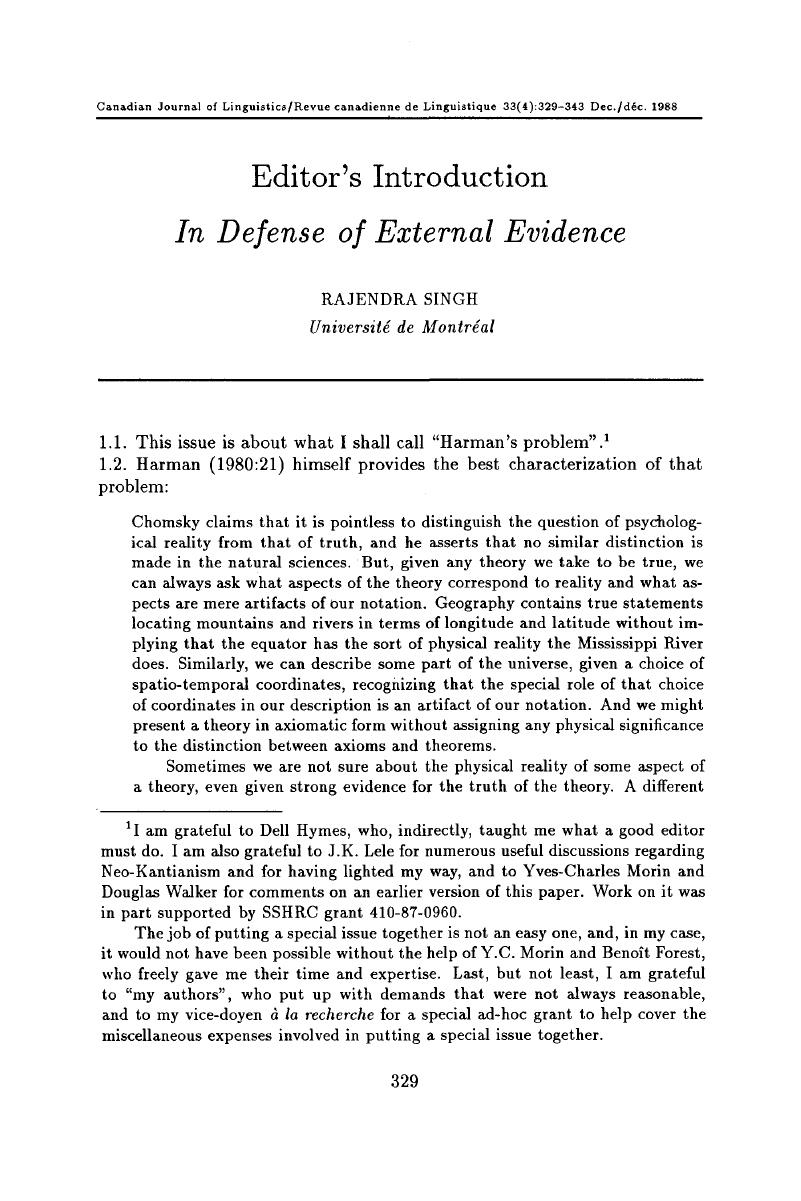Crossref Citations
This article has been cited by the following publications. This list is generated based on data provided by Crossref.
Carroll, Susanne
1989.
Language Acquisition Studies and a Feasible Theory of Grammar.
Canadian Journal of Linguistics/Revue canadienne de linguistique,
Vol. 34,
Issue. 4,
p.
399.
Singh, Rajendra
1991.
Konrad Koerner. Practicing Linguistic Historiography. Amsterdam: John Benjamins. 1989. Pp. xii + 454 (hardcover)..
Canadian Journal of Linguistics/Revue canadienne de linguistique,
Vol. 36,
Issue. 4,
p.
424.
Singh, Rajendra
1991.
Interference and Contemporary Phonological Theory*.
Language Learning,
Vol. 41,
Issue. 2,
p.
157.
HANCIN‐BHATT, BARBARA
1993.
A response to Chaudhary's rejoinder.
World Englishes,
Vol. 12,
Issue. 3,
p.
385.
MYERS‐SCOTTON, CAROL
1996.
Afterword.
World Englishes,
Vol. 15,
Issue. 3,
p.
395.
Singh, Rajendra
1997.
Second-Language Speech.
p.
255.
Mousa, Ahmed
2015.
Acquisition of the Closing Diphthongs /əʊ/ and /eɪ/ in English L2 and Jamaican Creole.
Sage Open,
Vol. 5,
Issue. 2,



